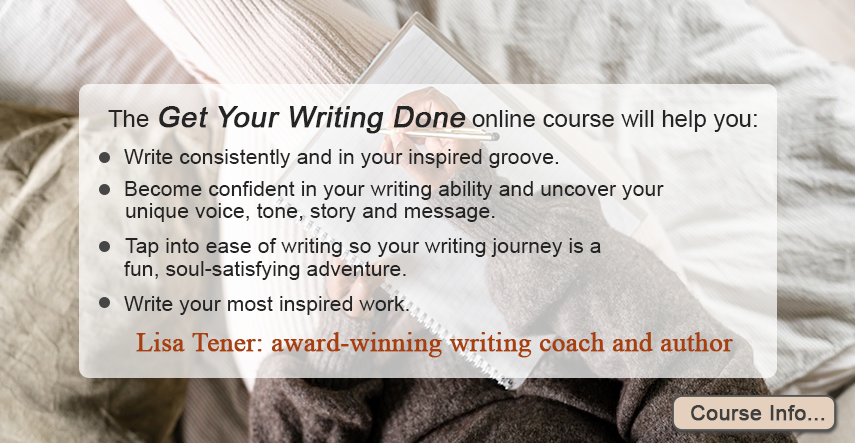
Conflict is the engine of narrative. But not all conflict follows a straight line. Some stories unfold like a triangle, charged with emotional imbalance from three sides. Others tangle into loops, with tension circling back on itself. Still others spiral, each revolution bringing characters deeper into chaos or clarity. This isn’t just metaphor—it’s a practical way to understand how emotional dynamics shape and reshape the reader’s experience of your story.
Writers often think of conflict in terms of plot: who wants what, and what’s in the way. But emotional conflict is more spatial, more architectural. It shapes the way characters relate to each other and to themselves. When you recognize the geometry of these tensions, you can manipulate them more deliberately—and create narratives that don’t just escalate, but evolve.
Contents
The Triangle: Three Points of Pressure
Conflict triangles are one of the most durable shapes in fiction. They appear wherever emotional loyalty, rivalry, or tension must be split three ways. They don’t have to be romantic (though love triangles are the obvious example). They can form between friends, parents and children, mentors and protégés—any trio where pressure pulls in competing directions.
Why Triangles Work
A triangle is inherently unstable. The moment one side pulls, the others shift. In story terms, that means decisions made by one character have automatic ripple effects—because every action tests two relationships at once.
Consider:
- A character caught between loyalty to a sibling and duty to a cause
- A teacher navigating favoritism between two gifted students
- A child torn between divorced parents
In each case, the emotional energy is divided, and the tension lies not only in what the character wants—but in what they risk losing depending on whom they choose to align with.
Mapping the Triangle
To use the triangle intentionally, identify the following:
- Point A: The character at the center of the triangle (often the protagonist)
- Point B and C: The two opposing emotional pulls or relationships
Now track how movement toward one side weakens or intensifies the others. Does closeness to Point B create distance from C? What are the stakes of that shift? How do B and C react when they sense competition or betrayal?
Dynamic Example
In Harry Potter, Harry often sits at the center of a triangle between Ron and Hermione. Their different approaches—impulsive loyalty versus calculated caution—pull him in competing directions. Conflict between B and C (Ron and Hermione) adds fuel. Harry’s role in keeping the triangle balanced becomes a story driver, especially when that balance breaks.
The Loop: Repeating Conflict With Evolving Stakes
Some conflicts don’t escalate—they circle. The same tension keeps resurfacing, but each time, it’s slightly different. That’s the loop: a recurring emotional pattern that characters can’t escape, often because they’re not yet ready to change.
Recognizing Looped Conflict
Loops usually involve:
- Characters repeating behaviors or arguments
- A sense of déjà vu or frustration within scenes
- Emotional escalation each time the loop returns
This pattern mimics real life. People rarely learn on the first try. We loop through the same conversations, mistakes, and reactions—until something breaks the cycle.
How to Make Loops Effective
To keep looped conflict from feeling static or redundant, you need progression within repetition. Each return to the conflict must bring something new—a higher cost, a deeper understanding, a shift in tone.
Example:
A mother and adult son fight about his career. The first time, it’s surface-level: “You’re wasting your talent.” The second time, it’s sharper: “You never supported me.” The third time, it hits bottom: “I resented your choices because I gave up mine.”
Same shape, deeper center. That’s what gives loops narrative energy.
Breaking the Loop
Eventually, looped conflict needs rupture or resolution. Either the character evolves—or the consequences of not evolving become irreversible. A well-written loop sets up a powerful moment of transformation or tragedy when the cycle is finally broken.
The Spiral: Escalating Emotion With Structural Depth
If a triangle is unstable and a loop is cyclical, a spiral is progressive. It returns to the same emotional territory—but each time, it deepens. The characters revisit familiar feelings, but with new insight, stakes, or damage. This structure is ideal for long-form fiction and emotionally rich arcs.
The Anatomy of a Spiral
A spiral works like this:
- Conflict begins—initial tension introduced
- Character avoids or partially confronts the issue
- The situation reemerges in a new form, forcing a deeper reckoning
- The character either descends into dysfunction or climbs toward resolution
The power of the spiral is in its trajectory. It doesn’t repeat—it evolves. Like peeling layers off an onion, each return exposes a rawer truth.
Emotional Spiral in Action
In Celeste Ng’s Everything I Never Told You, the family’s grief spirals around a daughter’s death. Early responses are shallow—denial, confusion. As the story tightens, buried secrets emerge. Each spiral inward reveals not just what happened—but why the family was fragile long before tragedy struck.
When to Use Spirals
Spirals are ideal when the emotional truth of a story isn’t easily accessed. Use them for characters who are emotionally guarded, repressed, or haunted. The spiral allows readers—and the character—to arrive at meaning gradually, and often painfully.
Blending Geometries: Hybrid Conflict Patterns
Stories don’t have to pick a single shape. In fact, some of the most emotionally complex narratives combine multiple geometries.
- A triangle that loops: A character caught between two allies, constantly rotating between them without ever choosing.
- A spiral within a loop: A married couple has the same argument, but each time, new vulnerabilities surface.
- Triangles that spiral: A character torn between three paths, revisiting the decision over and over, each time understanding more about what’s truly at stake.
These hybrid structures give stories both rhythm and depth. Readers sense repetition, but also motion. The geometry becomes the emotional blueprint of the story.
Visualizing Your Emotional Conflict
Writers are often taught to outline plot. But outlining emotional structure can be just as useful—and more revealing. Try drawing your conflict geometry:
Triangle Sketch
Label each point of the triangle with a character. Use arrows to show emotional pull. Where is the tension? Who’s being pushed away?
Loop Timeline
Plot recurring scenes on a timeline. What triggers each loop? What’s gained or lost? Use this to plan eventual rupture or growth.
Spiral Layer Map
Draw concentric circles. Each layer represents a return to the central emotional issue—grief, shame, love, fear. What does the character realize at each level?
These tools help clarify not just what’s happening in your story—but why it matters. They also help you avoid emotional flatness, pacing issues, or underdeveloped arcs.
Common Mistakes in Emotional Structuring
Even strong plots can feel hollow if the emotional architecture is weak. Here’s what to watch for:
- Flat conflict: Everything escalates the same way, like a staircase with no turns. Add variety in emotional shape.
- Confusion between loops and spirals: If a scene repeats but offers no new insight, it’s a stuck loop—not a deepening spiral.
- Underused triangles: Ignoring secondary characters in emotional geometry can make the protagonist’s struggle feel one-dimensional.
Always ask: How is this emotion shaped? What does it do to the relationships around it? Geometry isn’t just structure—it’s story fuel.
Emotion Has Shape, Not Just Sound
Writers are often told to “raise the stakes” or “increase tension.” But tension isn’t only volume—it’s structure. A whisper can feel louder than a shout if it’s pointed like a triangle, tangled like a loop, or descending like a spiral.
Mapping emotional conflict through shape helps you build stories that don’t just escalate—but evolve. Readers stay engaged not because things get louder, but because they get deeper. So when you build your next story, don’t just outline plot points. Sketch the geometry of your characters’ hearts. That’s where the real drama lives.

